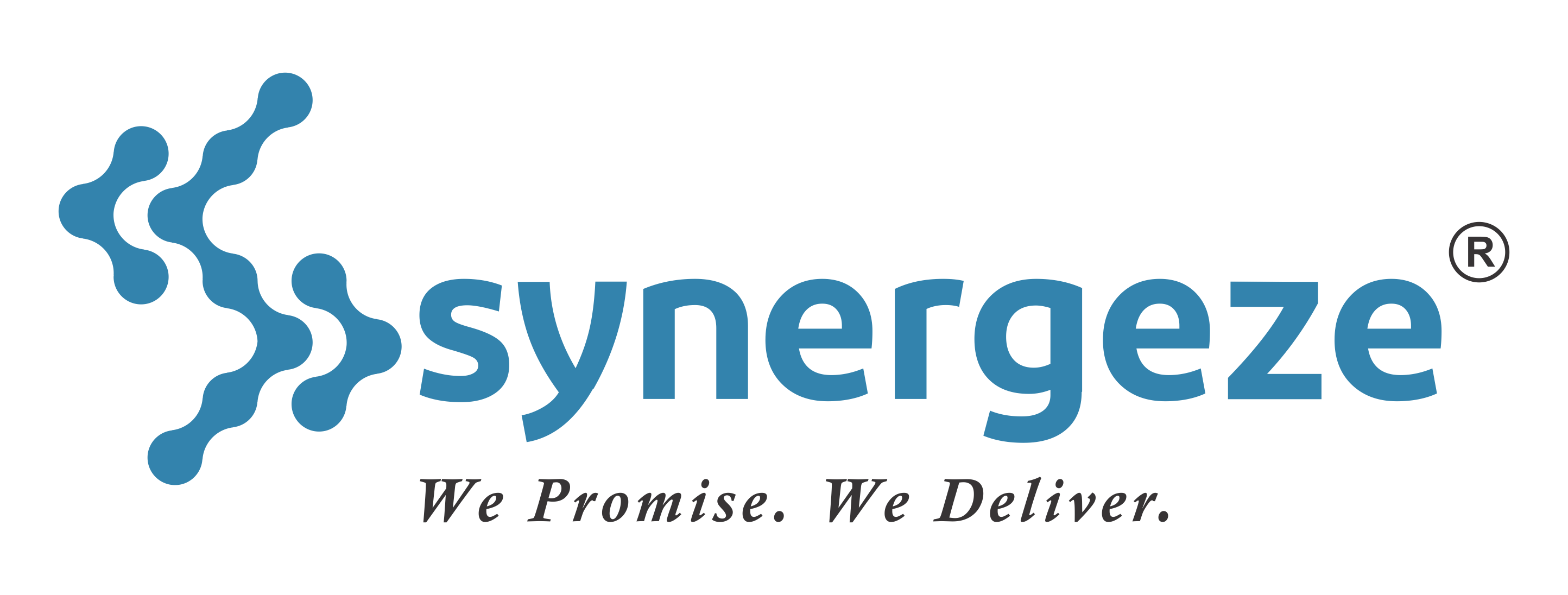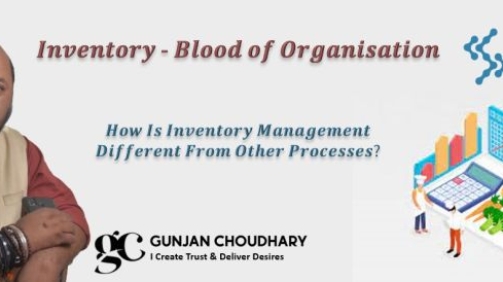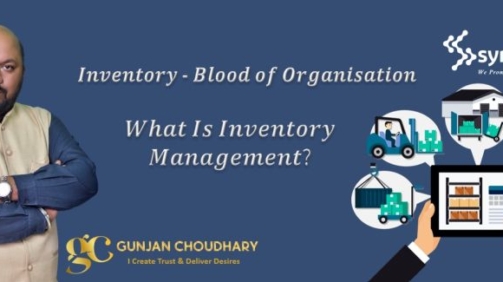
Small businesses at times seems to be ignoring many a thing, by just treating them as one more jargon in this new age of super complicated words and synonyms.
Process Re-Engineering can be a game changer to businesses, as it can perform miracles on a failing or stagnant company and open new doors for a company on steady path of growth. However, the process is tricky and needs some pain-killers to supress the pain of change and pain of tearing down what we are used to and feel comfortable with.
If ignoring this was a mistake, the next big mistake could be to settle for a cheap and basic process re-engineering tool in absence of an expert guidance. It could be that you tried saving a cent and lost a dollar.
We at Synergeze Consultants Private Limited, help businesses to implement the changes in an ongoing manner without effecting the current operations in any way and yet delivering the desired results. To learn more about our standardised approach which is customized for every single business please reach out to us.
If you wish to be more profitable and save on all forms of costs –
Your destination is our name – Synergeze Consultants Private Limited.
Share




We talked about lean and its basic principles in the yesterday’s post. Today let’s take this little further by first looking at how this can be applied and what are the basic principles which can be applied for startups or small business without having to spend a bomb on so called sophistications and advancements of the world.
From a business point of view, Lean’s is to shorten product development cycles and rapidly discover if a given business concept is viable.
There are 5 Basic Lean Principles (How to Create a Lean System?) for an entrepreneur to follow and take this forward…
With CUSTOMER NEED in the center and these 5 principles revolving around it the concept is easy to understand and implement if followed by spirit of the same.
The 5 principles are –
~ Identify Value
~ Map the value stream
~ Create Flow
~ Establish Pull &
~ Continuous Improvement
Let’s look at each one of these independently and then we shall talk about the integration and the meaning to be derived…
1. 𝑰𝒅𝒆𝒏𝒕𝒊𝒇𝒚 𝑽𝒂𝒍𝒖𝒆
Every company strive to to offer a product/service that a customer is ready to pay for. To do so, a company needs to add value defined by its customers’ needs.
The value lies in the problem we are trying to solve for the customer. More specifically, value lies in the part of the solution that our customer is actively willing to pay. Any other activity or process that doesn’t bring value to the end customer is considered waste.
So we first need to identify the value we want to deliver and then proceed to the next step.
2. 𝑽𝒂𝒍𝒖𝒆 𝑺𝒕𝒓𝒆𝒂𝒎 𝑴𝒂𝒑𝒑𝒊𝒏𝒈
This is the point where we literally need to map the workflow of our company. It has to include all actions and people involved in delivering the end product to the customer. By doing so, we will be able to identify what parts of the process bring no value.
Applying the Lean principle of value stream mapping will show us where value is being generated and in what proportion different parts of the process do or do not produce value.
When we have our value stream mapped, it will be much easier for us to see which processes are owned by what teams and who is responsible for measuring, evaluating, and improving that process. This big-picture enables us to detect the steps that don’t bring value and eliminate them.
This second step is the most critical and important step in the entire cycle of Lean Management and often requires external support of people who are working in the domains of Process Re-Engineering.
If you are looking such support for your business please do reach out to me or Synergeze Consultants Private Limited at our website www.synergeze.in and we shall be glad to support you in your journey towards being efficient and being valued.